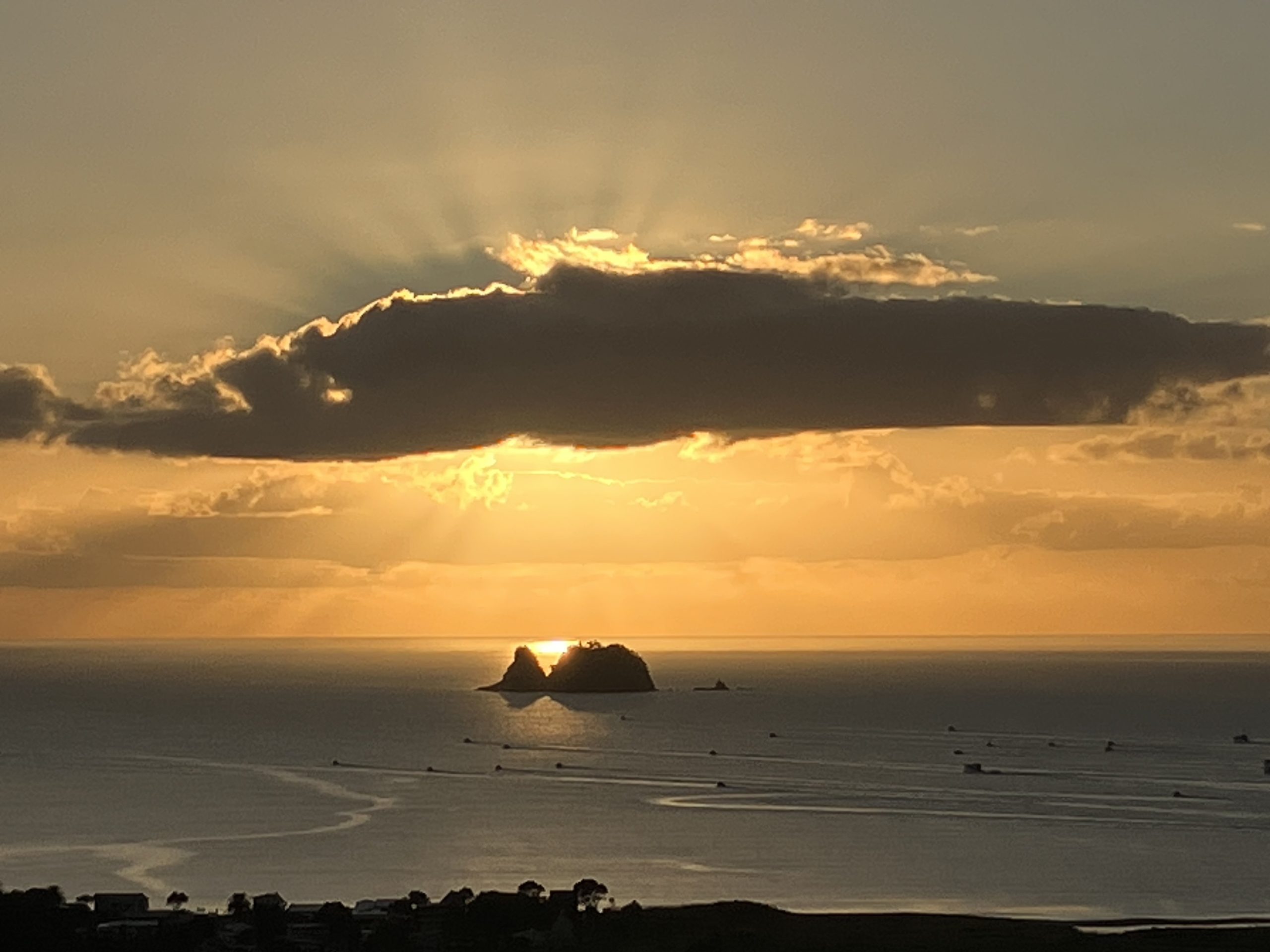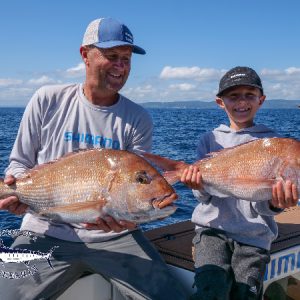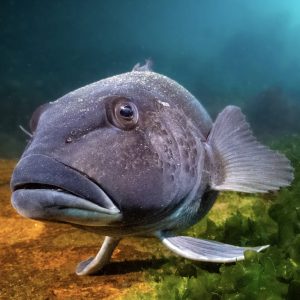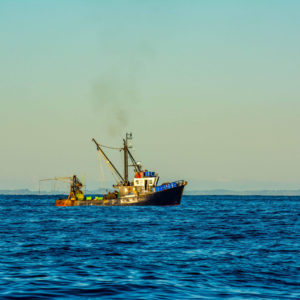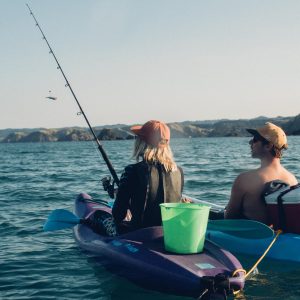Opinion, by Peter Van Eekelen.
Peter is a member and past president of the Pegasus Bay Game Fishing in Canterbury, and the Zone 7 delegate to the New Zealand Sport Fishing Council.
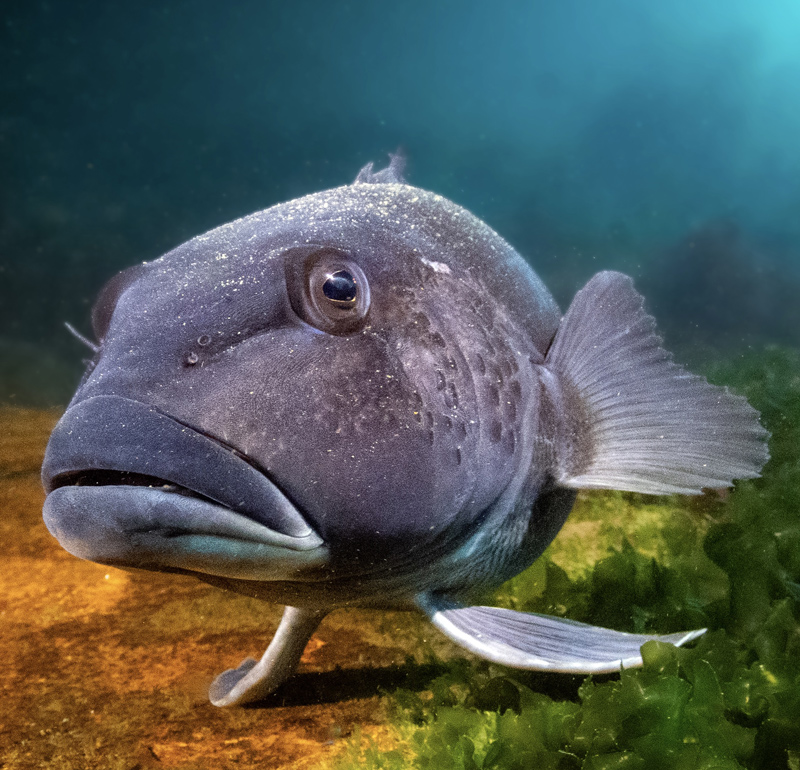 For generations, blue cod has been central to life on the South Island’s east coast. It is more than just a meal on a plate. It is culture, recreation, and family. It is why grandparents take grandchildren to the sea, why friends gather on weekends, and why so many New Zealanders feel bound to the coast. For Ngāi Tahu, for recreational fishers, for visitors, and for commercial operators alike, blue cod is part of who we are.
For generations, blue cod has been central to life on the South Island’s east coast. It is more than just a meal on a plate. It is culture, recreation, and family. It is why grandparents take grandchildren to the sea, why friends gather on weekends, and why so many New Zealanders feel bound to the coast. For Ngāi Tahu, for recreational fishers, for visitors, and for commercial operators alike, blue cod is part of who we are.
Yet the Canterbury blue cod fishery is in slow decline. This tragedy has not unfolded overnight but over 150 years — eroded steadily by unsustainable practices and poor management decisions.
A Legacy of Damage
The BCO 3 Fisheries Management Area is the largest blue cod fishery in New Zealand. It stretches from the Hurunui River to past Otago Harbour, with more than 25,000 recreational fishers relying on it to put food on their tables.
The greatest pressure on this fishery has not come from families fishing with a rod. It has come from more than a century of inshore bottom trawling. Heavy gear dragged across the seabed has flattened reefs, destroyed nurseries, and left once-thriving habitats barren. Today, only a few fragile patches remain.
The Traffic Light System and Recreational Cuts
In 2021, Fisheries New Zealand introduced the “Traffic Light System” under the National Blue Cod Strategy. It was enforced under COVID provisions without full consultation, despite its profound impact.
The system categorises fisheries as green (healthy), orange (at risk), or red (critical). Canterbury was immediately placed under severe restrictions. Recreational fishers were hit with a 93 percent reduction, limited to just two fish per person per day.
Meanwhile, commercial trawlers continued to work those same red-zone areas. Twenty percent of all blue cod landed in BCO 3 is bycatch, and commercial operators have exceeded their catch entitlement in 19 of the last 20 years.
This is not sustainability. It is inequity.
Legal Rights Eroded
The Fisheries Act requires the Minister to set a Total Allowable Catch (TAC) and make fair allowances for customary, recreational, and commercial fishing. The Supreme Court has ruled that these allowances must reflect genuine social and cultural wellbeing.
Yet in practice, allowances are treated as “use it or lose it.” If recreational fishers cannot take their full allocation — because bag limits are too low — the unused tonnage is simply reallocated to commercial operators. What is framed as a reduction for commercial fishing often becomes a net gain. Public rights are quietly converted into private property.
The so-called “Transit Rule” makes matters worse. It allows fish caught outside the 12-nautical-mile limit to be brought back through restricted inshore waters. But this is not a legal right — it is merely a defence. The burden of proof falls on recreational fishers to demonstrate where their catch came from. In effect, they are guilty until proven innocent.
By contrast, commercial operators that breach regulations often receive little more than a token penalty.
Consultation Without Voice
The Traffic Light System was implemented without meaningful consultation. Promised expert workshops never took place. Courts have already ruled in other contexts — from deer management to tahr culls — that public consultation is essential when decisions are significant.
Further complicating matters is a structural conflict of interest. Ngāi Tahu were appropriately consulted on customary rights, but they are also one of New Zealand’s largest commercial seafood operators. When one party plays both referee and player, fairness and transparency are compromised.
The Human Impact
The result is plain. Families from Canterbury now drive hours north to Kaikōura or south to Moeraki simply to catch enough blue cod for a meal. Recreational fishers are treated as second-class citizens, while commercial interests continue to benefit.
Instead of addressing the root causes — destructive trawling and flawed allocation systems — Fisheries New Zealand has chosen to expand compliance staff. The focus is on policing the public, not repairing the fishery.
A Path Forward
The situation is not beyond repair. But it requires urgent action.
• End inshore bottom trawling. It is fundamentally incompatible with sustainable management.
• Improve monitoring of catch, effort, and abundance.
• Restore equity between recreational and commercial fishers.
Over 30 years ago, Minister Colin Moyle articulated what became known as Moyle’s Promise: when fish stocks cannot support both commercial and non-commercial fishing, the public comes first. That principle must be honoured.
Justice for All New Zealanders
This debate is not only about fish. It is about justice, about the right of every New Zealander to feed their family, pass down traditions, and share in resources that belong to all of us.
The tragedy of Canterbury’s blue cod is that it has been managed for the few at the expense of the many. If recreational snapper fishers were reduced to just two fish a day, outrage would be immediate. For Canterbury fishers, that is already reality.
But tragedy is not destiny. With courage, fairness, and science, abundance can be restored. The Fisheries Act was never intended to maximise profit from depletion. Its purpose was to promote abundance so all New Zealanders can provide for their wellbeing.
The Minister has both the mandate and the duty to act. Fisheries New Zealand must be held accountable — until equity and sustainability are delivered.
